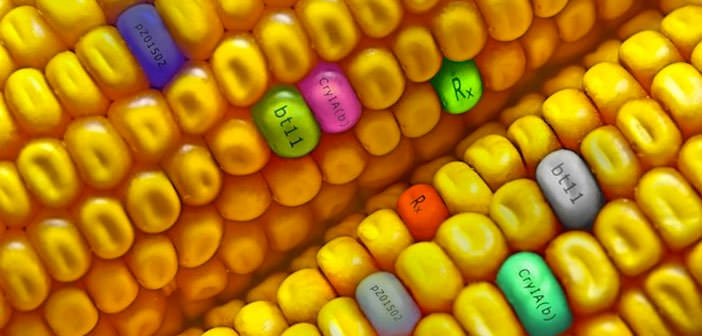How to recognize a GMO

Genetically modified organisms (GMOs) have for years been at the center of a heated debate. That did not prevent them to arrive in large numbers on our tables.
Despite the precautionary principle according to which you should never accept the use of something that still leaves some doubt about its possible side effects on our health. Another issue of contention is that concerning the possible effects of a body modified, crops have on the environment, triggering a response from the contours hardly conceivable. And that’s scary.
1.) The views on GMOs, have been very different, but that did not stop the multinationals involved in the proliferation and consequent gains that might result. Meanwhile, remember that genetically modified organisms are those in which a foreign gene is inserted, sometimes of a different nature, so as to give it a new feature and try to eliminate imperfections and make them more resistant. To start the process, we use the technique of recombinant DNA, leading to the birth of the new transgenic organism. The first transgenic foods have seen the light about fifteen years ago and just the food sector is the one that produced the most controversy, as well as promising more substantial gains. The species most affected are soybeans, corn and cotton.
2.) And possible to distinguish a genetically modified organism? To the naked eye, no. Or rather, it can only be produced if the alteration is desired, as it may be a different color or a mutated form. But there is a scientific tool that can help identify a GMO, the polymerase chain reaction, also known by the acronym PCR. The reaction triggered by the polymerase constitutes a meaningful test that can identify the DNA, the molecule that is constitutive of chromosomes, and consequently, also of the genes that reside there. It is able to find the genes that are inserted into the body concerned misused, modified genetically.
3.) According to experts even the PCR has a major limitation, that in this process, you already know in advance what you are looking for. Its operation is therefore associated with the search engine of the Internet if you know what to look for, the search is easy, if the search key is too general, it becomes very difficult to find what you are looking for. The same thing happens in the PCR: if you do not know exactly the DNA that has been inserted to change it, you may just waste time and come to a result that is sought. In short, we are witnessing a process that takes place only under certain conditions. To date, the scientific community does not know other more sophisticated systems able to detect GMOs …






